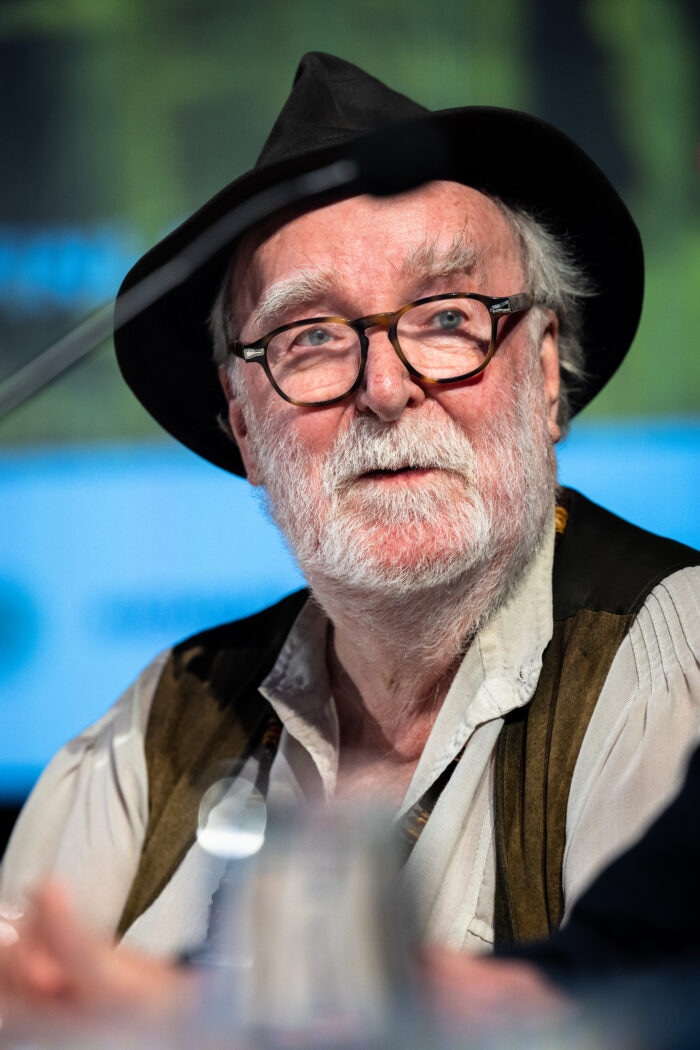Anssi Mänttäri has witnessed the evolution of Finnish film culture from the post-war period to the present day. He recalls that the first film he ever saw was Maaret – Girl of the Fells (1947), directed by Valentin Vaala. During his childhood and youth, Mänttäri spent much of his free time with films, as he and his brother worked at a workers’ hall cinema. As payment, they got to watch film screenings for free.
Mänttäri acted in various amateur theaters, and his first film role was in Mikko Niskanen’s Sissit (1962), which became a turning point in his career. After that film, he got work as a production assistant at a film company. He recalls learning crucial lessons while observing film editor Juho Gartz at work.
“I spent all the free time I could behind Gartz’s back, watching him edit. That was my film school. I learned so much from that.”
Mänttäri worked on short films by other filmmakers, but eventually the idea of making his own short film began to take shape. He received a 7,000-mark grant, which he used to make the short film Ystävykset (Friends, 1969). His first feature film Pyhä Perhe (The Holy Family) he directed in 1976. Today, he admits he’s fairly disappointed in that film. Directing Lasse Pöysti in the leading role proved to be a challenge.
“He had already played the role in theater and knew exactly how he wanted to act it. I lost control of the character direction. The end result was that Lasse won a Jussi Award—and that was kind of the best part of the film.”
Mänttäri founded his own production company and was active in the trade union movement. As a result, he was even seen as a “class traitor.” He describes the 1980s as politically active, though the films themselves were not particularly political. Securing funding for films, however, was difficult.
Mänttäri’s production company remained productive from the 1970s onward, which he attributes to good relationships with banks. He recalls convincing bank managers why his “film dabbling” was worth financing. Sometimes, a bottle of liquor was placed on the table to help make his case. Good relations ensured he got loans, and everything was based on trust. Times have changed since then.
When asked about making more commercial films, Mänttäri states that, due to financial circumstances, it’s sometimes necessary. He says he portrays the times he lives in, telling stories about current events and the economy. He adds small, personally meaningful, non-commercial elements to his films as well.
In closing, Mänttäri reminisces about the early days of the Midnight Sun Film Festival in Sodankylä. At the very first festival in 1986, the opening screening was scheduled for 2 PM—but at noon, they still lacked the local sheriff’s permit to hold the festival, as not all films had been censored yet. Mänttäri says he invited the sheriff to the hotel bar, along with director Samuel Fuller. Fuller talked a lot, and eventually the sheriff simply said:
“Go ahead and have your festival!”
If stranded on a desert island, Mänttäri says he would take Joseph Losey’s film Eva (1962) with him.
